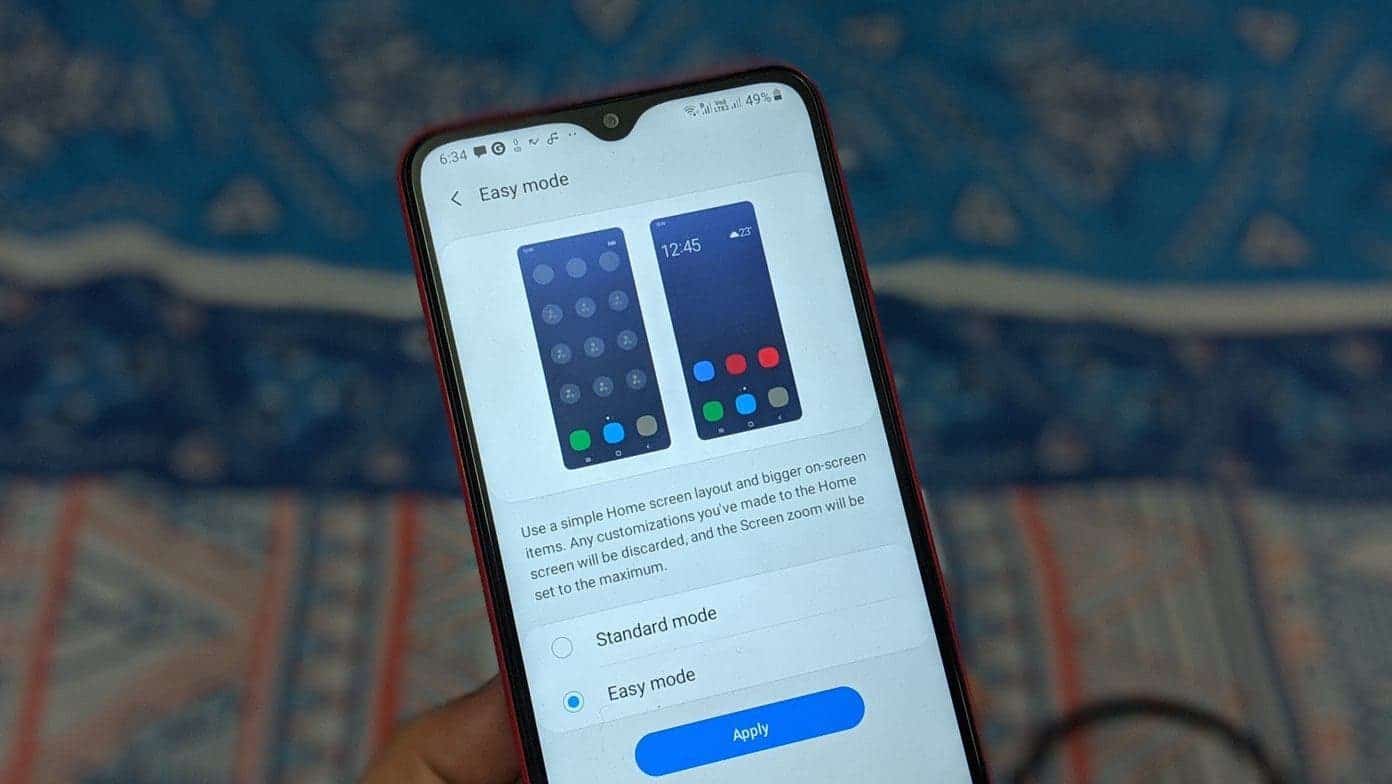Every year, we excitedly anticipate the release of fresh editions for our beloved operating system. The deployment of Android 14 has been underway for six months, reaching a diverse array of devices. Now, our attention turns to the forthcoming Android 15, of which certain features are already known.
Although we have nearly six months to go before witnessing the next version, the anticipated launch is expected to coincide with the debut of the Pixel 9 in the fall. Nevertheless, snippets of information from beta versions and rumors have been gradually trickling in, building anticipation that I can hardly contain.
The seven new features of Android 15 that I am most eager to have on my mobile

Widgets on the lock screen
Lock screen widgets have become an integral feature of Android 14, having undergone a refresh a couple of years ago coinciding with the introduction of Material You. However, the competition has scored a notable win by extending these widgets to the lock screen. A functionality that our favored operating system attempted previously, albeit without success.
In one of the beta releases within the quarterly Pixel updates, they have successfully reintroduced lock screen widgets. This marks their return after being absent since the Android Lollipop era. While specific details regarding their behavior remain undisclosed, the prospect of having widgets on the lock screen is a cause for celebration. This addition will streamline quick actions without necessitating unlocking the device, providing valuable information at a glance.
Archive apps instead of uninstalling them
The option to archive apps instead of uninstalling them is not a novel addition with Android 15, as this feature is already accessible on your mobile device. However, the manual deployment of this capability is yet to be confirmed. Archiving applications introduces a fresh method for space management; instead of uninstalling, it places apps into a dormant state, significantly reducing their space footprint.
Upon archiving, only the essential data is retained. Tapping on the app icon later seamlessly reactivates the application, making it fully accessible once again. While it may seem like a minor enhancement, it proves particularly beneficial for more modestly-sized phones, offering an effective solution to optimize storage without permanently removing applications.
A simple way to make life easier for the less knowledgeable

Simplifying life for those less tech-savvy has been a longstanding goal, with certain customization layers offering a straightforward or simplified mode. This mode trims down the interface, making it more user-friendly. An especially helpful feature for older individuals unfamiliar with smartphone intricacies or during instances where prioritizing basic functionalities is preferred.
While alternatives like launchers exist, and some crafting layers integrate such solutions, I, as a devoted enthusiast of the Google system, lean towards native implementations. The preference for native features aligns with a seamless and integrated user experience within the Google ecosystem.
Improved web browsing in apps
The upcoming update for our mobile devices includes a revamp of the WebView component. WebView is essentially an integrated browser that empowers third-party applications to navigate the web when needed.
While users of mid-range or high-end devices with robust hardware might not experience a significant impact, Android consistently strives for inclusivity. This enhancement holds particular significance for less powerful mobile phones. As it ensures that the WebView component doesn’t need to be reloaded each time. Instead, it will be retained in the RAM memory, preventing the need for a full reload from scratch and contributing to a more efficient and seamless web browsing experience on less potent devices.

A haptic response to match
The haptic engine in our Android phones has undergone significant improvements compared to earlier generations. I’ve personally observed these enhancements on my Pixel 6A, although there are distinctions noticeable when interacting with an Apple phone. The first Developer Preview of Android 15 has introduced a noteworthy enhancement: the brightness adjustment bar will now be responsive.
This means that the vibration intensity corresponds to the brightness level set. While these changes may seem minor, they contribute significantly to the overall user experience. Haptic feedback is often underestimated in the realm of Android. And these improvements serve to elevate its impact on user interaction and satisfaction.
More control over the battery
Swapping out the battery of our mobile phones is no longer as straightforward as opening the cover, as that is now a relic of the past. However, with a bit of skill or by seeking assistance from a technical service, it’s still feasible. A clear indicator of diminishing battery life is when the device’s autonomy starts to decline. And having Android notify us directly is certainly advantageous.
A new feature will debut in Android 15, offering guidance when the battery is degrading. Originally intended for Android 14 QPR2 (an update that rolled out recently), it will now be implemented by manufacturers in the forthcoming Android 15, providing users with valuable insights into the health of their device’s battery.
Bonus track: a kernel with the latest security and features
A welcome development for tech enthusiasts! Leveraging the fact that Android operates on a Linux kernel with specific adaptations and patches, it’s now edging closer to its foundational roots. The Pixels, Google’s flagship devices, will advance to version 6.1. Aligning more closely with the current mainline version, 6.7.
Google has diligently worked over the years to minimize the need for changes in the Android kernel. Though a complex task, this effort brings the platform nearer to its original state. The benefits extend beyond enhanced security, encompassing performance improvements and support for new hardware. While these changes might be somewhat inconspicuous and have a less noticeable impact, they represent a crucial shift.
Anticipation for Android 15 is building. And while significant design alterations may not be on the horizon, subtle tweaks should take place. However, this doesn’t diminish the version’s relevance. Despite the wait for its official release, developers and beta versions will likely offer insights into the exciting path Android is heading.





